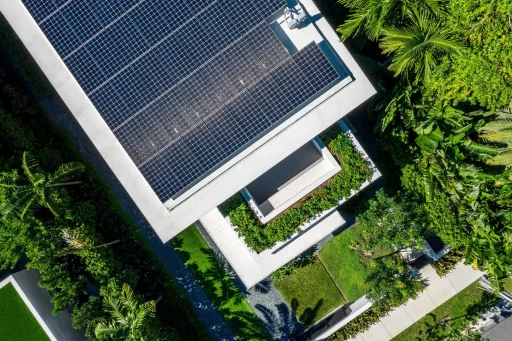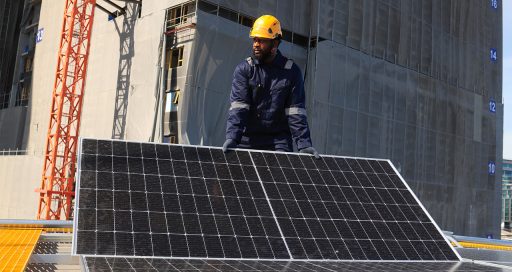Disinfection system for baggage security trays to be introduced to restore confidence in airports
Reading time: 3 min
Nantes airport is testing an innovative disinfection system based on UV light to secure and accelerate the hand baggage screening process at pre-boarding security checkpoints.
![]()
Restoring confidence is a key issue for the air transport industry as people learn to live with the virus in the medium term. Airports are on the front line in this respect, especially the screening systems for hand baggage and personal items not travelling in the hold.
Back in September 2018, a BMC Infectious Diseases study carried out at Helsinki airport showed that plastic screening trays at security check areas were particularly contaminated.
To resolve this problem, TG Concept (a VINCI Energies business unit) has developed an innovative tray disinfection solution based on a specific range of UV rays. Not the well-known rays used for tanning, but those with a shorter wavelength called UV-C, measuring 100 to 300nm.
UV-C light, a germicide, can neutralise bacteria and viruses, including SARS-CoV-2 which causes Covid-19. The UV-C radiation damages the nucleus of the micro-organism and prevents its DNA from replicating. It then loses its harmful properties.
“The system should give passengers and security officers peace of mind and, in doing so, improve and accelerate passenger flow.”
The disinfection system designed by TG Concept is currently being tested at Nantes airport (operated by VINCI Airports), which wants to measure the germicidal effect of the device and observe how passengers and operators respond to it.
“If it’s well received by the public and by airport staff, Nantes airport should install a disinfection system across most of its security screening checkpoints,” says Pierre Varnier, TG Concept manager. “As well as eliminating the risk of contagion, the system should give passengers and security officers peace of mind and, in doing so, improve and accelerate passenger flow.”
Disinfectant unit
The unit designed by TG Concept consists of a tunnel fitted with UV-C lamps through which the screening tray passes on a conveyor belt in order to be disinfected. Once it has made its way along the belt and been scanned by an X-ray machine (suspicious object detection), the baggage tray is retrieved and emptied by the passenger before being automatically returned to its starting point. Having been disinfected, it can then be used by another passenger and handled with confidence by screening operators. TG Concept’s standards are calculated generously, points out Varnier: “To destroy SARS-CoV-2, the tray requires an exposure dose of 270 joules per square metre. Our system ensures it is exposed during 3.6 seconds, which, with the power of the lamps, is equivalent to a dose of energy of around 280 joules per square metre.”
“Initial tests conducted on the TG Concept site have gone well,” adds the business unit manager, and if they’re validated by the Nantes site they could be adopted by other airports.
Disinfection systems could become a lasting part of the airport landscape beyond the current pandemic. Indeed, behaviours adopted during the Covid-19 episode, like the need to wash hands and more broadly to learn to live with the health risk, could remain in the public arena.
11/03/2021





